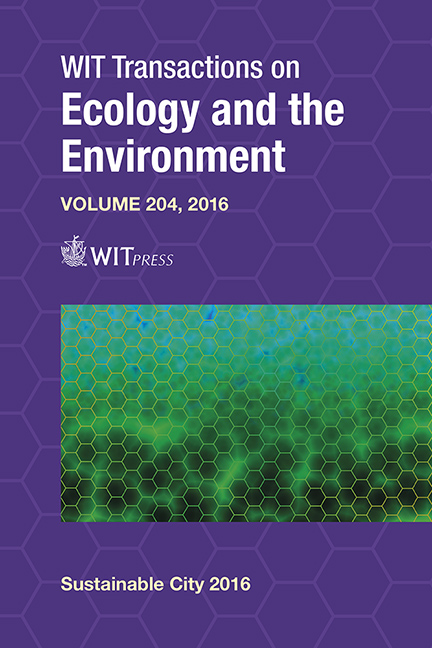Educational Buildings As Part Of Sustainable Urban Planning
Price
Free (open access)
Transaction
Volume
204
Pages
13
Page Range
79 - 91
Published
2016
Size
831 kb
Paper DOI
10.2495/SC160081
Copyright
WIT Press
Author(s)
L. Chlasta
Abstract
Buildings having educational features (besides trade, culture, sport and recreation) are the most desirable neighbourhood in the area of housing. If they are not at a reasonable distance, local communities demand to build the appropriate buildings. If there is an educational building and it is too small, locals try to upgrade the environment. The authorities are trying to solve the problem of appropriate location of educational infrastructure because of its great importance and public interest. They do this despite the high cost, not only related to the construction or expansion of such facilities, but also in spite of the high maintenance costs. The aging as well as other fluctuations of the population, like migration to and from the city to suburbs or rural areas and the development of new housing can generate problematic situations. Certain areas of the city are underpopulated, while others are overpopulated with regard to educational infrastructure, resulting in, for example, schools having too few or too many students. This phenomenon is particularly evident in larger cities and in adjacent areas where significant expansion of suburbs occurs. New development areas are relatively far from the locations where schools are currently oversized. This serious problem goes far beyond the financial consequences and affects the quality of education and safety, at the same time increasing traffic and hence also the environment.
This paper will attempt to diagnose and systematize selected strategies aimed at appropriate designing and location of educational facilities. It will propose the way of diagnosing and balancing negative effects, and it will define how to transfer these analytic findings into a design process to acquire sustainable solutions using a Polish-centred perspective.
Keywords
density of schools, distance from the school, distribution of schools





